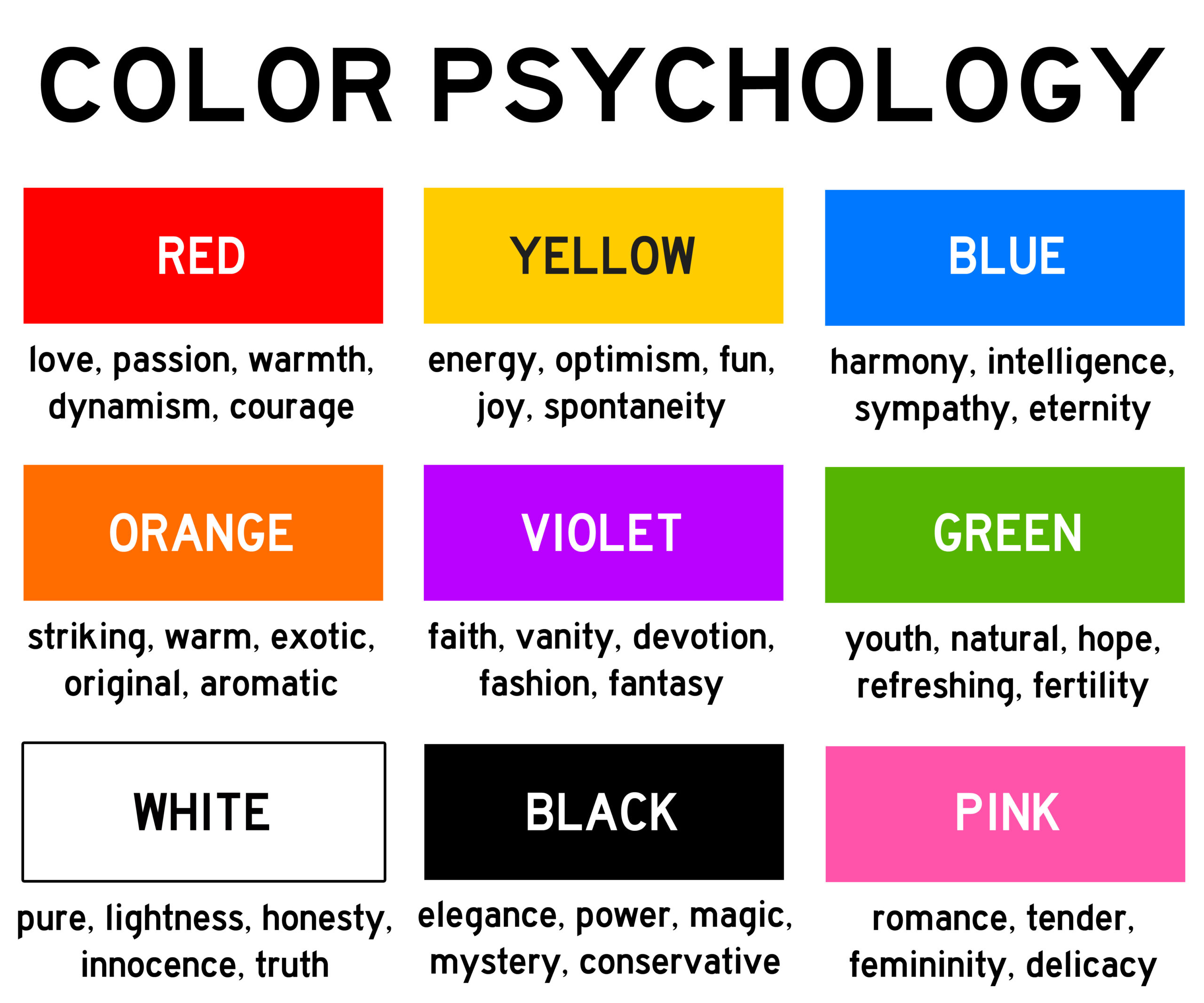

His paintings in shades of blues, grays, and greens evoke melancholy, solemnity, and sadness. Picasso’s Blue Period is a perfect example of how different shades of blue can represent different feelings. For instance, light blue tints can evoke feelings of calmness and relaxation, while dark blue shades can represent sadness and introspection. What Emotion Does Blue Create in Art?īlue, one of the most popular colors in art history, is often associated with calm, serenity, and tranquility.ĭifferent shades and individual colors of blue can convey different emotions and moods. Now let’s look at each of the main hues, and check out the infographics provided by Invaluable. In summary, colors in art play a crucial role in conveying the artist’s ideas, moods, and concepts to the viewer. Different colors carry different meanings, and represent different emotions, values, and beliefs.įor instance, warm colors like red, orange, and yellow evoke warmth, passion, and energy, while cool colors like blue, green, and purple represent calmness, peace, and relaxation.Īdditionally, artists can use colors to express moods, create focal points, or evoke emotions in their artworks. Emotion of Color in ArtĬolor is an essential element in art, with symbolic meaning across different cultures worldwide.
COLORS AND EMOTIONS PLUS
The Kiss by Gustav Klimt uses golds plus rich colors to create an ethereal world average people can’t attain. Their research started the field of both color theory and psychology as we understand it today. These early pioneers sought to uncover the ways in which the language of color can affect our emotions, thoughts, and behavior. However, it was not until the early 20th century that a system to color psychology emerged, with the work of psychologists such as Carl Jung and Faber Birren. Historically, many cultures have associated certain colors with specific emotions, such as red with passion and anger, and blue with calmness and serenity. Let’s understand the emotion of color in art!Ĭolor psychology is a topic that has gained considerable attention in recent years. We will explore how color psychology plays a role in art, discuss psychological effects, and learn how different colors can make us feel when looking at art. Journal of Experimental Psychology: General, 123(4), 394-409.For centuries, artists have used color to evoke emotions and set the mood of their work.įrom Monet’s water lilies’ restful blues and greens to the bright yellows and blues of Van Gogh’s Starry Night, artists have been drawn to use specific colors to communicate an emotional message.

Light therapy for seasonal and nonseasonal depression: Efficacy, protocol, safety, and side effects. Journal of Environmental Psychology, 21(2), 179-190. Can including prosocial messages in advertising increase consumers' intentions to purchase and recycle? Journal of Marketing, 75(4), 96-109. Cross-cultural universals of affective meaning. A cross-cultural study of environmental colour preference: Comparisons between Australia and Taiwan. Blue or red? Exploring the effect of color on cognitive task performances. Color, environment, & human response: An interdisciplinary understanding of color and its use as a beneficial element in the design of the architectural environment. Morning vs evening light treatment of patients with winter depression. Journal of the Academy of Marketing Science, 40(5), 711-727. Exciting red and competent blue: The importance of color in marketing. The impact of light and colour on psychological mood: a cross-cultural study of indoor work environments. Küller, R., Ballal, S., Laike, T., Mikellides, B., & Tonello, G. Relationship between color and emotion: A study of college students. Psychology: Red enhances human performance in contests. Waiting for the web: how screen color affects time perception. J., Chattopadhyay, A., Sengupta, J., & Tripathi, S. The color red reduces snack food and soft drink intake. Social Psychological and Personality Science, 3(3), 331-338. Anger as seeing red: Perceptual sources of evidence. Annual Review of Psychology, 65, 95-120.įetterman, A. Color psychology: Effects of perceiving color on psychological functioning in humans. The Malaysian Journal of Medical Sciences, 20(2), 3-9.Įlliot, A. The influence of colour on memory performance: A review. Color & Human Response: Aspects of Light and Color Bearing on the Reactions of Living Things and the Welfare of Human Beings. Journal of Environmental Psychology, 25(3), 249-259.īirren, F.


Exposure to restorative environments helps restore attentional capacity.


 0 kommentar(er)
0 kommentar(er)
